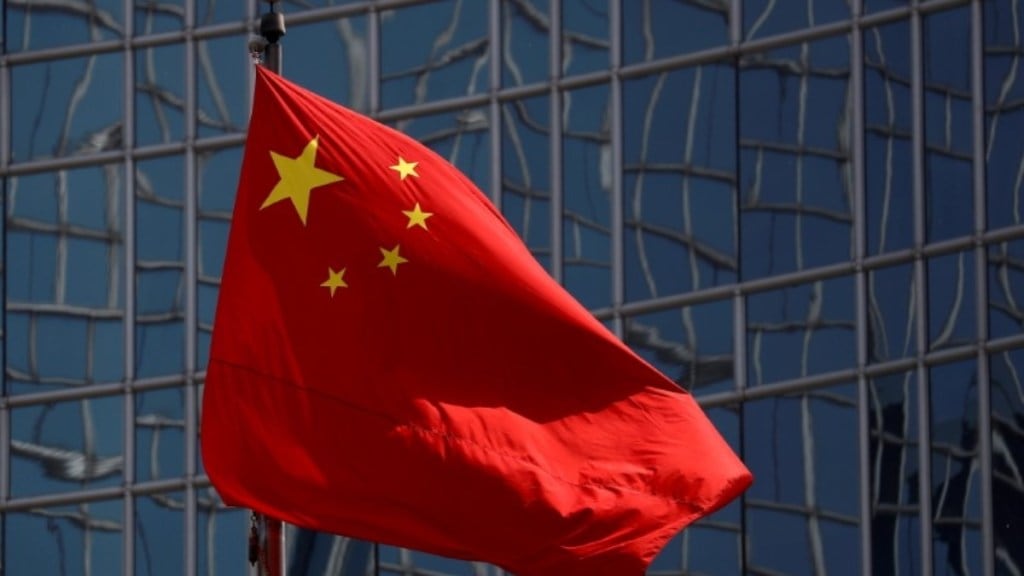By Anita Inder Singh
Security concerns dominated the meeting between Presidents Xi Jinping and Joe Biden in San Francisco on the sidelines of the APEC summit in mid-November. This was expected. Since their last meeting at the G20 summit in Bali, Indonesia in November 2022, Russia’s war in Ukraine and the Hamas-Israel conflict have exacerbated global political and economic instability. The settlement of these disputes is in the interests of both the US and China.
However, the announcement from the US (November 15) that Washington would not go ahead with the trade pillar of the Indo-Pacific Economic Framework (IPEF) may, for APEC’s Asian member-states, have been the disappointing news of a crowded week of diplomatic talks.
Although Biden and Xi agreed to step up military dialogue, Biden’s decision to increase military aid to Taiwan highlighted the insecurity that China has fomented in East Asia and the US’ intent to contain it.
But the US needs to be engaged economically with Asia (as with other parts of the world) because its military strength rests on its economic achievements. This is why Washington’s decision to shelve the trade pillar of IPEF will be of concern to fast-growing Asian states.
The US plays a crucial role in upholding the international security architecture because it can afford guns and butter. Its military presence in Asia underwrites the stability of the region by maintaining a balance of power. So, the US’ decision to give Taiwan more security assistance may indirectly suit India because it marks the enlargement of the US commitment to the Indo-Pacific.
The resumption of military dialogue between China and the US after three years will not affect India. The US and India are already strengthening their military tie. At the fifth India-US 2+2 ministerial dialogue (November 10), they agreed that they might co-produce Stryker armoured vehicles for the Indian Army as part of defence industrial cooperation.
When it comes to the strategic crunch, India is dependent on the US. The problem will arise if Washington demands an equal exchange from India. In particular. India does not want to participate in any collective military challenge against China in the Indo-Pacific, especially concerning a potential Taiwan crisis.
India’s security priority is its immediate Indian Ocean neighbourhood. Even there it faces Chinese economic and military competition, only because China views the Indian Ocean as its core concern.
Membership of the Quad gives India a strategic presence of sorts in Asia, but it is the only non-ally in the Quad. So how strong the Indo-US defence partnership will be is an open question.
It is on economic issues that Southeast Asian countries are dismayed because the US will not strengthen the trade pillar of the IPEF. Although India did not join the trade pillar—and is not a member of APEC—Delhi should be concerned. IPEF aims to unite US allies and friends and to create a regional economic bulwark against China with new rules for supply chains, sustainability, anti-corruption measures and trade.
But the US’s domestic politics have intervened. Congressmen from Biden’s Democratic Party have demanded postponement of the introduction of the trade pillar on the grounds that outsourcing has led to the decline of US manufacturing, good jobs and incomes for US workers. They also raised the question of labour standards in Asian countries. With presidential elections looming large, Biden cannot ignore them.
Unfortunately, the shelving of the IPEF trade pillar signals to US partners—and Beijing—that Washington has no economic agenda for Asia and no strategy to counter rising Chinese economic clout, although China’s economy is currently experiencing difficulties.
ASEAN countries are heavily dependent on trade with China, and wish to reduce their dependence by obtaining greater access for their goods in the American market.
India will also be affected by Washington’s decision to put aside the IPEF trade pillar. Economically weaker than most Asian countries and absent from any regional economic organisation, India would have benefitted from being part of a strong US-led IPEF trade programme.
Union minister for commerce Piyush Goyal was in the US for the IPEF discussions (November 13-14) and said they did not include market access. And there have always been differences about labour standards between India and the US because of their different socio-economic conditions.
India must tread carefully because it is being challenged—not just by China. Unfortunately, the current reluctance of western companies to increase investment in China does not imply a clear playing field for India. For instance, Luxshare, one of Apple Inc’s biggest Chinese components and finished products manufacturer, is moving a new investment of $330 million to Vietnam, after many failed attempts to expand its operations in India. Vietnam is the strongest supply chain alternative to China—although China continues to dominate global supply chains. Meanwhile, despite its economic problems, China continues its to spend large amounts on infrastructure projects around the world under its Belt-and-Road Initiative, which have won it friends in many countries.
China also continues to challenge America’s Asian primacy and presents its communist political system as the path for development. So “democracy vs autocracy” is not just an American slogan but a Chinese one, too. China’s alert neighbours, wishing to avoid ideological and territorial conflict, will notice that.
India will continue to engage with the US to build a partnership that seeks to counter China’s aggression, and to promote a free and open Indo-Pacific. But ambitious Asian countries will ask questions about the US’ determination to counter China economically.
The author is a Founding professor at Centre for Peace and Conflict Resolution, New Delhi
Views are personal

